What causes poor performance at high speed in a Honda Motorcycle?
- LLaura HollowayJul 27, 2025
Poor performance at high speed in your Honda Motorcycle may be due to a faulty CKP sensor affecting the timing.
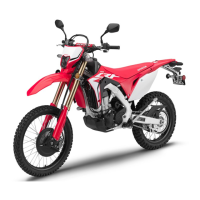
What causes poor performance at high speed in a Honda Motorcycle?
Poor performance at high speed in your Honda Motorcycle may be due to a faulty CKP sensor affecting the timing.
What causes intermittent spark in a Honda CRF450L 2019 Motorcycle?
Intermittent spark in your Honda Motorcycle can be caused by several factors: a fouled spark plug, a faulty alternator, a faulty ignition coil, a broken or shorted spark plug wire, a faulty CKP sensor, loose or disconnected ignition system wires, a faulty engine stop button, or a faulty regulator/rectifier.
What causes poor performance at low and idle speed on a Honda CRF450L 2019 Motorcycle?
Poor performance at low and idle speed on your Honda Motorcycle could be due to an incorrect spark plug heat range, an incorrect spark plug gap, or the spark plug not being serviced frequently enough.
Why is my Honda CRF450L 2019 handling poorly?
Poor handling of your Honda Motorcycle can be attributed to several issues: a steering stem adjusting nut being too tight, damaged steering head bearings, excessive wheel bearing play, a bent rim, an improperly installed wheel hub, excessively worn swingarm pivot bearings, a bent frame, front and rear wheels not being aligned, a bent fork, a bent swingarm, or a bent axle shaft.
Why does my Honda CRF450L 2019 Motorcycle have low compression?
Low compression in your Honda Motorcycle cylinder could be due to several reasons: valve clearance being too small, a valve stuck open, a worn cylinder and piston, a damaged cylinder head gasket, improper valve timing, or a seized valve.
Why does my Honda CRF450L 2019 have worn piston and cylinder?
A worn piston and cylinder in your Honda Motorcycle can be caused by the use of poor quality fuel, excessive carbon buildup in the combustion chamber, ignition timing being too advanced (faulty ECM), or a lean fuel mixture.
| Engine Type | 449cc liquid-cooled single-cylinder four-stroke |
|---|---|
| Bore x Stroke | 96.0mm x 62.1mm |
| Compression Ratio | 12.0:1 |
| Fuel System | Programmed Fuel Injection (PGM-FI), 46mm throttle body |
| Transmission | 6-speed |
| Rear Brake | Single 240mm disc |
| Front Tire | 80/100-21 |
| Rear Tire | 120/80-18 |
| Rake (Caster Angle) | 28.5° |
| Wheelbase | 58.9 inches |
| Seat Height | 37.1 inches |
| Fuel Capacity | 2.0 gallons |
| Ignition | Full transistorized ignition |
| Ground Clearance | 12.4 inches |
| Front Suspension | 49mm inverted fork; 12.0 inches of travel |
| Rear Suspension | Pro-Link Showa single shock, adjustable spring preload, compression and rebound damping |
| Front Brake | Single 260mm disc |
| Curb Weight | 289 pounds |
| Valve Train | Unicam four-valve |
| Final Drive | Chain |
| Trail | 4.6 inches (118mm) |
Lists abbreviations used in the manual for parts and systems.
Introduces the importance of safety and how information is presented.
Key recommendations for safe riding and motorcycle condition.
Advises against non-approved accessories and modifications.
Provides guidance for safe riding in off-road environments.
Explains the importance of safety and information labels on the motorcycle.
Details how to set the digital clock and time format.
Explains how to adjust the display backlight brightness.
Guides on changing the units for speed and mileage display.
Guides on changing the units for fuel mileage display.
Describes the function of ignition, start, stop, lights, and horn controls.
Guides on evaluating rider readiness and pre-ride checks.
Recommends essential protective gear for safe riding.
Encourages taking operator courses to build riding skills.
Outlines essential checks to ensure the motorcycle is safe to ride.
Provides information on safe weight capacity and cargo loading.
Offers general advice for safe motorcycle operation.
Warns about the dangers of carbon monoxide from exhaust.
Explains the procedures for starting and stopping the engine.
Guides on the 6-speed shift pattern and gear changes.
Explains the operation of front and rear disc brakes.
Provides instructions for parking and securing the motorcycle.
Offers advice on preventing motorcycle theft.
Outlines recommendations for the initial break-in period.
Highlights critical safety precautions during maintenance.
Provides a schedule for required maintenance tasks.
Details oil recommendations, checking, adding, and changing.
Explains clutch lever adjustment and component inspection.
Details inspection, measurement, and adjustment of valve clearance.
Covers front and rear suspension inspection and adjustments.
Covers brake lever adjustment, pedal height, fluid checks, and pad wear.
Covers tire inspection, air pressure, and replacement.
Explains drive chain inspection, adjustment, and lubrication.
Details battery removal, storage, and charging.
Offers advice on safely transporting the motorcycle.
Guides on preparing and storing the motorcycle for extended periods.
Provides tips for environmentally responsible motorcycle ownership.
Offers guidance for diagnosing and resolving common motorcycle problems.
Provides general advice for handling problems while riding.
Helps diagnose and fix starting and engine performance issues.
Guides on dealing with flat tires, including removal and installation.
Addresses issues related to the high coolant temperature warning light.
Explains that LED lights require dealer service if they fail.
Guides on checking and replacing fuses for electrical issues.
Provides post-crash assessment and advice.
Offers advice on key management and obtaining duplicates.
Helps diagnose and address battery issues.
Explains the location of VIN and engine serial numbers.
Provides key technical data and capacities for the motorcycle.
Lists essential torque values for fasteners and components.
Explains the motorcycle's emission control systems and compliance.
Explains the function and protection of the catalytic converter.
Discusses the use and potential effects of oxygenated fuels.
Recommends keeping records for off-road riding and maintenance.
Lists optional tools available from the dealer.
Lists recommended spare parts, tools, and chemical products.
Provides a schematic of the motorcycle's electrical system.
Lists available service manuals and guides.
Details the types of warranties provided for the motorcycle.
Explains how to obtain warranty service and address issues.
Provides contact information for customer feedback and inquiries.
Explains the services and resources available through a Honda dealer.
Instructs on how to report safety defects to NHTSA.

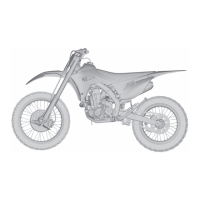
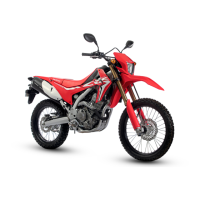
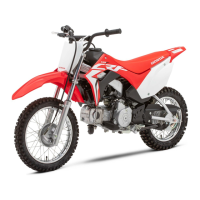
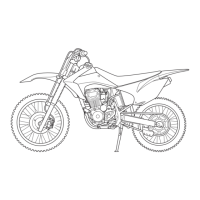
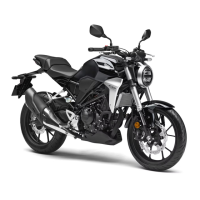
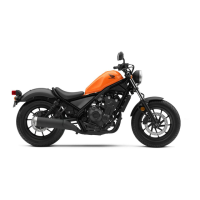
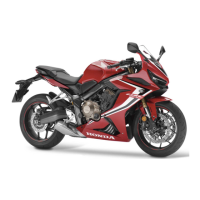

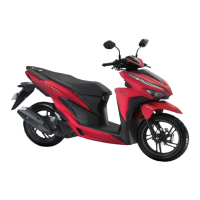
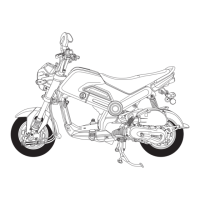
